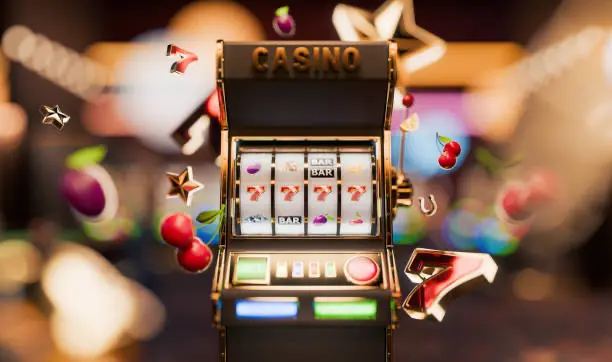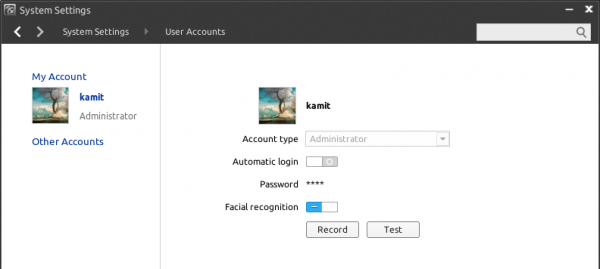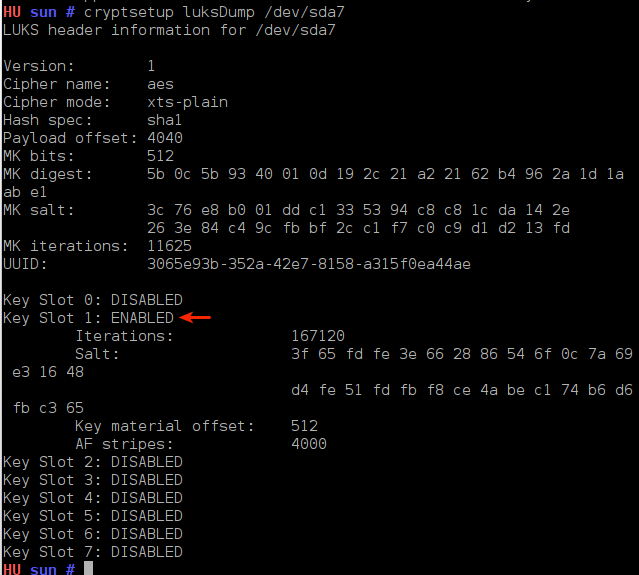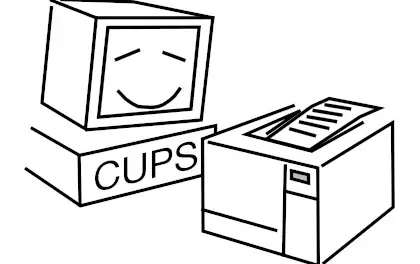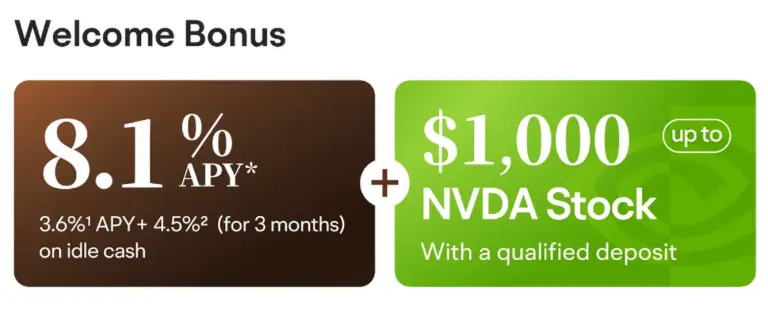Once considered a sideshow in gaming, video poker has quietly become a testbed for well-designed, performance-focused software. What was once confined to casino terminals or clunky desktop games is now being rebuilt – often from the ground up – as clean, cross-platform apps that run easily on everything from mobile devices to lightweight desktops.
What’s driving this shift isn’t just better graphics or faster internet. It’s software – specifically, how developers are designing smarter systems that prioritize responsiveness, modularity, and user experience, or UX. And for users who care about how their apps work under the hood, whether they use the Windows operating system or Linux distros like Linux Mint or Fedora, now is an exciting time.
How video poker apps are built today
Underneath every polished video poker app is a stack of tech decisions:
- Programming language: C++, Rust, or TypeScript are common choices
- Game engine: Godot, Unity, or lightweight custom frameworks
- Random number generator systems: algorithms that generate hard-to-predict sequences of numbers
Developers building for performance are ditching bloated architectures in favor of modular, maintainable setups. Game logic is often separated from the front-end interface, allowing for easier updates, bug fixes, and multi-platform support. Fairness starts with the code. A secure random number generator makes sure that each hand is unpredictable and unbiased – which is important when real money and user trust are involved.
What players expect from apps
Video poker apps are being judged as software, not just games, and users are raising their expectations in today’s world. Users now expect modern online casinos to:
- Be responsive across devices, screen sizes, and operating systems
- Have dark mode and theme switching
- Not consume too much resources, especially on idle
- Not contain tracking or bloated software
A good video poker app is lightweight, responsive, and quiet in the background. Users don’t just want something that works – they want something that works well, looks modern, and feels intentionally designed. Some platforms are even going a step further – blending clean UX with social and referral-driven features that keep users engaged beyond the game itself. You’ll see this often in how they promote bonus content, game highlights, and sign-up rewards on their Instagram feed.
Cross-platform thinking is the new default
Modern video poker platforms aren’t like a regular app you’d find on the App Store; they’re built to run across:
- Native mobile (iOS and Android)
- Desktop (Windows, macOS, and Linux)
- Browser (via WebAssembly or HTML5)
- PWAs (installable directly from a browser)
- Containers (Snap, Flatpak)
This shift toward universal access benefits both developers and users. A shared codebase means less hassle and better long-term updates. It also means players can use whatever platform they prefer – phone, tablet, or laptop, without performance trade-offs. That flexibility is one reason more people choose to play video poker through apps that prioritize speed, design, and freedom of use. When a consumer chooses to play video poker today, they can forget the clunky, slow-paced machines or cluttered interfaces that offered little control or convenience. Modern apps deliver a cleaner, more user-friendly experience – fast interfaces and the ability to play on your own terms, wherever and whenever you want.
Privacy, control, and how users pick apps CONTINUE FROM HERE
Today’s users, especially in tech-aware communities, don’t blindly install apps. Instead, they’re asking:
- What permissions does this app require?
- Does it collect usage data or analytics?
- Can I sandbox it or limit background processes?
Video poker apps that minimize tracking, offer toggleable features, and publish at least partial technical documentation are standing out. In some cases, devs go further – releasing code on GitHub or offering privacy-first builds. The packaging and delivery format also matters. Apps distributed as Flatpak/Snap packages, self-contained installers, or browser-based options with local caching give users better control and transparency. It’s a meaningful shift, especially for users that want to play video poker without handing over their entire device profile.
Performance is part of the experience
Video poker might look super straightforward, but the difference between a basic app and one that feels professionally built often comes down to how well it performs. Responsiveness, load time, and system efficiency aren’t bonus features – they’re part of the core experience. A well-optimized video poker app launches quickly, runs smoothly across devices, and stays stable even during long sessions. Developers who take performance seriously focus on practical engineering choices that users may never see but always feel. These choices make a game feel light, fast, and dependable.
Some of the key strategies top-tier apps use include:
- Asset bundling and compression to reduce startup and load times
- Dynamic rendering that adjusts based on device specifications
- Offline mode support with smart local caching
- Efficient state management to prevent memory bloat and unnecessary redraws
This kind of behind-the-scenes refinement is what separates a good app from a bad one, and it’s important for developers to focus on it.
What’s coming next for video poker apps
The future of video poker apps is all about smart software design:
- WebAssembly-powered gameplay in the browser
- PWAs with native-feeling UX
- Blockchain-backed fairness auditing (emerging, but real)
- Decentralized login systems to reduce account risk
But even beyond the technology, the direction is clear: users are starting to choose apps like they choose software – based on build quality, system impact, and ethical design. For players who care how things work, who notice when an app uses 200MB of RAM for no reason – this matters. The smartest apps in this space don’t shout. They run cleanly, load quickly, and deliver exactly what’s needed: a focused, fair game experience built on well-thought-out code.

